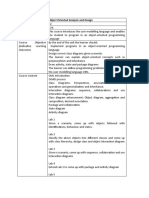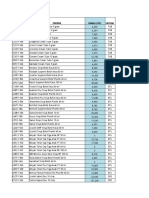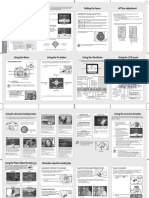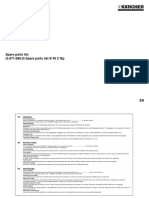0% found this document useful (0 votes)
11 views6 pagesCloud Computing Notes CS4008
The document provides an overview of cloud computing, covering its definition, architecture, characteristics, deployment models, and service models. It also discusses cloud infrastructure, virtualization, management responsibilities, security, and case studies of major cloud providers like AWS and Azure. Additionally, it highlights emerging technologies such as Kubernetes and Docker, along with their applications and benefits.
Uploaded by
sukeshinivijay61Copyright
© © All Rights Reserved
We take content rights seriously. If you suspect this is your content, claim it here.
Available Formats
Download as DOCX, PDF, TXT or read online on Scribd
0% found this document useful (0 votes)
11 views6 pagesCloud Computing Notes CS4008
The document provides an overview of cloud computing, covering its definition, architecture, characteristics, deployment models, and service models. It also discusses cloud infrastructure, virtualization, management responsibilities, security, and case studies of major cloud providers like AWS and Azure. Additionally, it highlights emerging technologies such as Kubernetes and Docker, along with their applications and benefits.
Uploaded by
sukeshinivijay61Copyright
© © All Rights Reserved
We take content rights seriously. If you suspect this is your content, claim it here.
Available Formats
Download as DOCX, PDF, TXT or read online on Scribd
/ 6

























































































